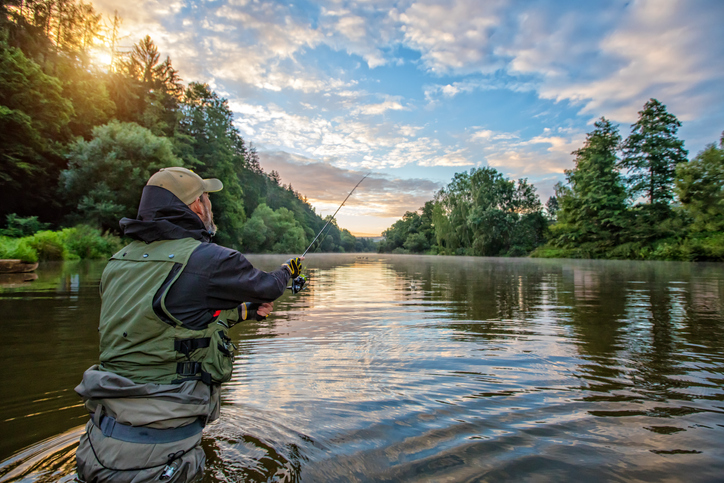
We often act for clients where one or more of their boundaries is a non-tidal river and they often ask us whether or not they own the fishing rights.
To answer this, there needs to be an investigation into the registered title or unregistered title deeds of the property.
Who owns the fishing rights in rivers and streams?
In non-tidal rivers and streams, the right of fishing attaches to the ownership of the soil. There is a presumption that the owner of the land adjoining a non-tidal river or stream also owns the bed of the river to the middle line.
However, where a river is bounded by land in different ownerships, it is a trespass to cast beyond the middle line of the river. And, although the owner of the land owns the bed of the river to the middle line, they do not own the water which flows through but is entitled to the usual flow for ordinary or domestic purposed connected with the ownership of the land. Riparian ownership also comes with its own responsibilities i.e. letting water flow through without any obstruction, pollution or diversion.
Unless there is something in a historic conveyance or transfer, which refers to the fishing rights being “reserved” or “excluded”, it is assumed that a riparian owner has the sole right to fish in the water within their boundary.
Can you sell or lease the rights?
The right to fish can be sold, leased or licensed by an owner to a third party or can be reserved out of a transfer/lease.
A licence in respect of these rights is a convenient way to grant fishing rights especially where the rights are only to be exercised for a short period of time i.e. a season. However, a disposal of fishing rights may also be by way of a disposal of a ‘several fishery’ or by the grant of a profit à prendre of fishing rights.
Fishing rights (along with other sporting rights) are potentially very valuable, and care should be taken to ensure that, where appropriate, they are reserved out of any sale because otherwise they will pass with the land.
